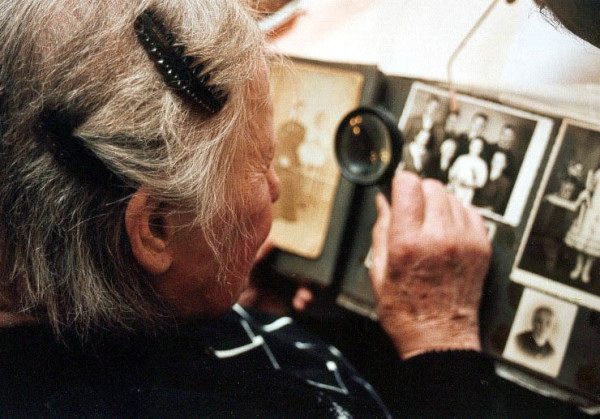It’s a tragedy to lose all of your precious family photos and videos in a disaster like a fire or flood–so it makes sense to protect and preserve those things by converting them to digital media. It’s just as tragic, though, if you have your photos and videos in digital format but your descendants don’t know where to find them and lack the credentials necessary to access them.
I wrote this post with tips about preserving your digital legacy for future generations:
I’ve written in the past about the importance ofconverting your analog photos and videos to digital so you can protect them against fires, floods and other potential disasters. The challenges don’t end there, though. There are also some considerations to keep in mind to preserve your digital legacy and ensure your precious memories can be accessed decades from now.
Photo albums and old 8mm family movies may be vulnerable to destruction if a catastrophe strikes your home but the photos at least offer a very unique advantage as well. In the event of your demise—timely or otherwise—the friends and family that survive you can sift through your belongings and find your photo albums on a shelf in the living room, or boxes of photos tucked away collecting dust in the attic. Photos are just there. They just work.
You can’t say the same for your digital legacy. Whether you store photos and videos on your PC, on external hard drives or removable media, or in the cloud somewhere those that survive you may not know they exist. Without something to point them in the right direction they won’t even know the data is available, and without the right credentials they may not be able to access the data.
That’s only half of the problem, though. Even if your survivors know where your digital memories are stored and have the usernames and passwords to get into those accounts the file formats may be obsolete. That problem exists with physical movies as well. Finding old 8mm reels, or VHS video tapes won’t do you much good if you don’t have the right equipment to view those formats. What happens if your great grandchildren find a USB thumb drive filled with JPG images, but have neither a device with a compatible USB port or software capable of viewing an “archaic” JPG file?
The silver lining is that converting and viewing obsolete file formats is an easier problem to solve than viewing physical media that’s obsolete. There are many tools available that can open or convert older / obsolete file formats and it seems relatively safe to think that you’ll be able to find tools in the future to do the same thing. There is no similarly simple conversion for 8mm reels or VHS video tapes.
“There will always be software and tools for accessing and converting files which over time may become obsolete,” says Mitch Goldstone, president and CEO of ScanMyPhotos. “This is a big part of ScanMyPhotos.com‘s service, as a digital legacy provider. The worst thing is to not digitize pictures now as they will fade due to the ravages of time. Or get mistakenly discarded. We always urge people to have many backups in off site locations for all their pictures.”
Check out the complete story on Forbes: The Challenges Of Preserving Your Digital Legacy.
- AI Voice Clones and Mobile Phishing: The Cyber Threats You’re Not Ready For - July 11, 2025
- Rethinking Cloud Security for the Evolving Threat Landscape - July 11, 2025
- Why Data Security Is the Real AI Risk - June 30, 2025



